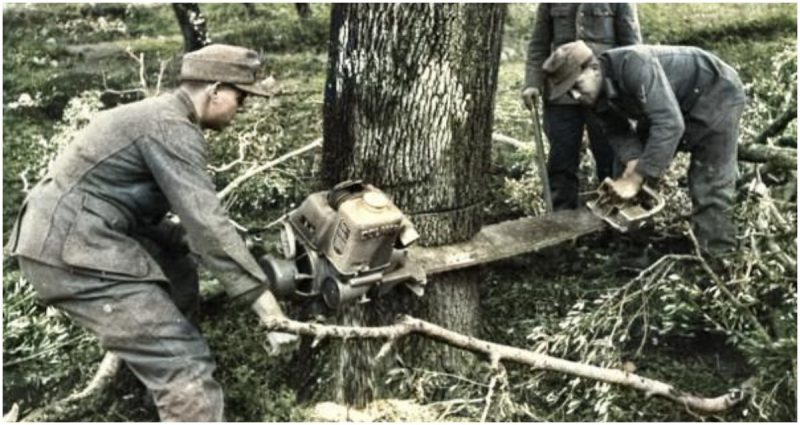Hello!
Looking for a bit of a lesson on the purpose of "bigger" saws.
Im not an expert wood cutter by any means. I cut about 5-7 cords of hardwood per year and have a few saws.
I noticed today cutting an approx 12 inch tree with my 346xp (50cc) 18" and my ms362 (60cc) 20" that there wasn't much difference in cutting speed and if anything the smaller saw had a bit of the edge.
Are larger saws supposed to cut faster or just able to put larger bars on to cut larger trees without having to roll the log or mess around to get through it?
I guess my question is, am I wasting my own energy cutting a log with the larger, heavier saw where a smaller lighter saw would do the trick or is the larger saw really supposed to cut that same piece faster?
Looking for a bit of a lesson on the purpose of "bigger" saws.
Im not an expert wood cutter by any means. I cut about 5-7 cords of hardwood per year and have a few saws.
I noticed today cutting an approx 12 inch tree with my 346xp (50cc) 18" and my ms362 (60cc) 20" that there wasn't much difference in cutting speed and if anything the smaller saw had a bit of the edge.
Are larger saws supposed to cut faster or just able to put larger bars on to cut larger trees without having to roll the log or mess around to get through it?
I guess my question is, am I wasting my own energy cutting a log with the larger, heavier saw where a smaller lighter saw would do the trick or is the larger saw really supposed to cut that same piece faster?



